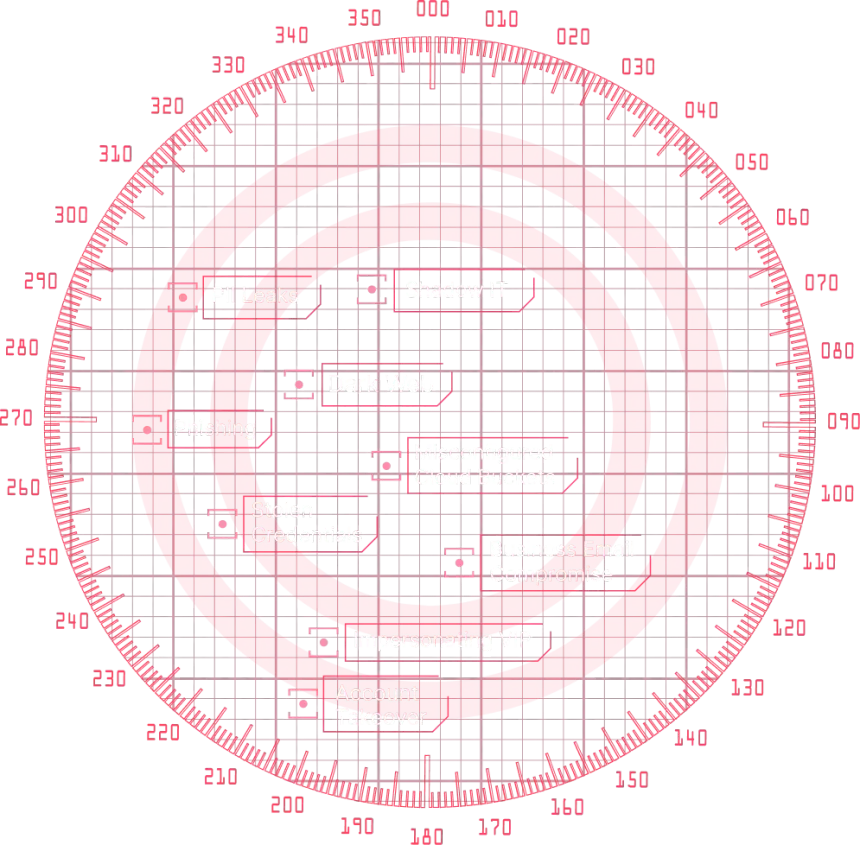In July 2024, the cyber intelligence platform SoCRadar fell victim to a significant data breach that has raised alarm within the cybersecurity community. The breach, orchestrated by the notorious threat actor known as USDOD, resulted in the exposure of 14 gigabytes of .CSV files containing user email addresses. While the leaked data may seem harmless at first glance, the implications of such a breach are far-reaching and potentially dangerous. This article delves into the details of the breach, the threat actor involved, and the potential risks associated with the exposure of email addresses.

The Breach: What Happened?
SoCRadar, a platform known for its cyber intelligence services, became the target of USDOD, a well-established threat actor with a history of successful cyberattacks. In this particular incident, USDOD managed to scrape 14 gigabytes of .CSV files exclusively containing user email addresses from SoCRadar’s database. The data breach, though not resulting in the exposure of more sensitive information such as passwords or financial details, still poses a significant threat to the affected users.
Data scraping, the method employed by USDOD, involves the extraction of data from websites using automated tools. Typically, large websites like SoCRadar.io implement robust security measures to prevent such unauthorized data extraction. However, in this instance, it appears that USDOD’s scraping tools outpaced SoCRadar’s security defenses, leading to the massive data breach.
Who is USDOD?
USDOD is a well-known threat actor in the cybersecurity landscape, often linked to various high-profile cyberattacks. The group has built a reputation for its sophisticated techniques and a track record of successful data breaches. While their exact motives remain unclear, USDOD’s activities often suggest a focus on exploiting vulnerabilities in online platforms to harvest valuable data for profit or to further other malicious objectives.
The SoCRadar breach is the latest in a series of attacks attributed to USDOD, highlighting the persistent threat posed by such skilled cybercriminals.
The Risks of Exposed Email Addresses
At first glance, the exposure of email addresses may not seem particularly dangerous compared to breaches involving more sensitive data. However, email addresses can be a gateway to a wide range of cybercriminal activities. Here are some of the potential risks:
- Phishing Attacks: Cybercriminals can use the exposed email addresses to launch targeted phishing campaigns. These attacks involve sending fraudulent emails designed to trick recipients into revealing sensitive information, such as passwords or financial details, or to download malicious software.
- Credential Stuffing: In cases where users have reused passwords across multiple accounts, cybercriminals may attempt to use the exposed email addresses to carry out credential stuffing attacks. This involves trying combinations of known email addresses and passwords to gain unauthorized access to other accounts.
- Spam and Scams: The exposed email addresses can also be used to flood users’ inboxes with spam or scam emails. While these may seem like minor annoyances, they can lead to more serious consequences if users inadvertently engage with malicious content.
- Social Engineering: With access to email addresses, cybercriminals can attempt to gather more personal information about the users through social engineering techniques. This can lead to identity theft or other forms of fraud.
SoCRadar’s Response (or Lack Thereof)
One of the most concerning aspects of the SoCRadar breach is the lack of an official response from the company. As of now, SoCRadar has not commented on the situation, leaving affected users in the dark about the extent of the breach and the measures being taken to mitigate the risks.
Typically, organizations that experience a data breach are expected to notify affected users promptly and provide guidance on how to protect themselves from potential threats. The absence of such communication from SoCRadar raises questions about the company’s handling of the breach and its commitment to user security.
The Importance of Data Scraping Prevention
The SoCRadar breach underscores the critical importance of implementing and maintaining robust data scraping prevention measures. In today’s digital landscape, where data is a valuable commodity, cybercriminals are constantly developing new tools and techniques to harvest information from online platforms.
To protect against data scraping, organizations must invest in advanced security technologies, such as bot detection systems, rate limiting, and CAPTCHA challenges. Regular security audits and updates are also essential to stay ahead of evolving threats. Additionally, companies should consider encrypting sensitive data and monitoring for unusual activity that may indicate a data scraping attempt.
Conclusion
The SoCRadar data breach serves as a stark reminder of the persistent threat posed by skilled cybercriminals like USDOD. While the exposed data may not include highly sensitive information, the potential risks associated with the leaked email addresses should not be underestimated. It is crucial for organizations to prioritize data security and take proactive measures to prevent such breaches in the future.
For users affected by the SoCRadar breach, it is advisable to remain vigilant for phishing attempts and to consider changing passwords and enabling two-factor authentication on accounts linked to the exposed email addresses. As the cyber threat landscape continues to evolve, awareness and preparedness remain the best defenses against potential harm.












